Tender and Subtle, with a Wild Fancifulness: A Q&A About Jamilah Thompkins-Bigelow’s SISTER FRIEND
Okay, so sit down for a second here. I want to tell you a thing or two about Jamilah Thompkins-Bigelow. I promise that this is going somewhere. So Jamilah is a Philadelphia-based educator and has taught children and teens in traditional and alternative learning settings for 15 years. She’s an inaugural AMAL fellow with the Muslim Anti-Racism Collaborative (MuslimARC), and she developed foundational curricular frameworks for youth and adult anti-racist programming. All well and good. Meanwhile, on the children’s literature side of things, her picture books and short stories, which feature young Black and Muslim protagonists, have been recognized by TIME magazine, Read Across America, and NPR. Not too shabby, right? But it’s today’s book that has me particularly excited.
Sister Friend (which is already out everywhere) is based on Jamilah’s own experiences as the only non-white child in her first-grade class. Now there are a lot of directions that a story like this might go. Trust me, I’ve seen them all. The easy route is to avoid all conflict. Thompkins-Bigelow does not go the easy route. Here’s the book’s official description:
ADVERTISEMENT
ADVERTISEMENT
“Ameena feels invisible. It’s been that way since she started at her new school. But now there is another new girl in class. Ameena sees her brownness and her hijab, even though the other kids do not.
Ameena wants to be her friend, but she can’t seem to find the right words or do the right things. Until one day, they find them together: “Assalamu Alaikum, Sister. Welcome.”
You know me. If the book is interesting then I’m interested. And if I’m interested, then I want to talk to the interesting person who wrote the book. That’s just math:
Betsy Bird: Jamilah! Congrats on the upcoming SISTER FRIEND release! From what I understand, this book came out of some pretty firsthand experience as a kid. Could you tell us a bit about the book’s origins?

Jamilah Thompkins-Bigelow: Thank you! While Sister Friend is about two girls forming a friendship, it’s also about the experience many non-white children have in classrooms where they are the only person who shares their identity and when there aren’t efforts to make them feel included. I rewrote my experience through the character of Ameena.
I spent the first few months of my first-grade year in a class where there were no other Black kids or children of color. For months, no one talked to me and my attempts at interacting were met with coldness or outright hostility. Even my teacher seemed annoyed with me because I wanted to spend recess in her room. I shrunk into myself and stopped trying to be seen.
I visited another classroom in that school one day to relay a message from my teacher. The students were having snack and talking – all except for one girl. I remember thinking she looked sad. She had dark skin and hair in braids and ballies and barrettes like mine. I was only six years old, but I got it. I didn’t have the word “racism” yet, but I got why no one was talking to her and why we were both sad. My parents, who were worried, soon transferred me to a more diverse school. Two kids there instantly made me a part of a best friend trio – ironically, one of them was white – and I moved on. Still, I’ve sometimes wondered what would have happened at that first school if I had more of a chance to get to know the other Black girl.
I visit many schools and sometimes I notice a child who is visibly different in some way and seems to be sitting apart from the others. They remind me of that experience and ultimately seeing these kids nudged me to write this story.
BB: One of the many things that impressed me about the book is the sheer levels of miscommunication at work. The simple version of this story would be that Sundus would appear in Ameena’s class and there’s be this instant connection, all rainbows and hearts. Instead, it’s like a series of missed connections. When you first wrote the book, was all that there in the manuscript from the start? How much of the story changed between your earliest drafts and the final product?

Jamilah: I envisioned it from the start as a story that would be about lots of miscommunication and missed opportunities. I’ve always been awkward, so I struggle with having messy interactions in my personal life. I’m the kind of person who will be overthinking a conversation for days afterward and kicking myself for not having said something else. Sometimes, easy phrases like the one said at the end of the book help me to get the right words out and the conversation started. This story was very natural for me to tell in this way.
BB: The only reason that Ameena and Sundus are able to finally connect at the end of the book is because Ameena is able to look past her hurt and assumptions and see why it is that Sundus has been having such a hard time reaching out to her. There’s a lot here for a teacher or guardian to discuss with a kid on jumping to conclusions or not picking up on visual cues. How much of this was on your mind as you wrote the book?
Jamilah: These thoughts were ever present! Like I said before, messy interactions are so me. I find them fascinating. I think many kids would find it helpful to discuss social cues, neurodivergent or not.
I do disagree with one thing you’ve stated though. Ameena and Sundus are able to finally connect because Ameena is able to look past her assumptions, yes, but that’s not the only reason. Up until the end, Sundus is shyly in the background watching kids have fun. They also connect because Sundus takes a chance to put herself out there and openly goes to Ameena to play.
ADVERTISEMENT
ADVERTISEMENT
BB: I got completely charmed by the art of Shahrzad Maydani in this book. Were you aware of Shahrzad’s work prior to pairing with her on SISTER FRIEND? How do you feel about the final product?

Jamilah: Yes, I was! I especially loved Shahrzad’s work in Poetree and Francis Discovers Possible. Her work is tender and subtle and yet, it has a wild fancifulness that is very kid – perfect for the kind of story I was trying to tell with Sister Friend. Shahrzad’s illustrations show the soft sweetness of the girls and gently captures their feelings. That cover for me is the spirit of the book and of their friendship. The motorcycle spread when Ameena’s sadness is so in focus gave me chills and I squealed at the exuberance of the girls playing together at the end.
BB: Finally, what else can we expect from you next? What else will you have coming out?
Jamilah: I am incredibly excited about Together We Are Sunshine with Raissa Figueroa, which comes out next year! It’s about three sisters exploring nature and their sisterhood, and it’s just a lot of fun. I’ve seen some of the artwork and it is lush and dreamlike!
That was lovely! I thank Jamilah for taking the time to answer my questions today. Thanks too to Mary Marolla and the folks at Abrams for helping to put all this together. Sister Friend is out now, so grab yourself a copy, stat!
Filed under: Interviews
About Betsy Bird
Betsy Bird is currently the Collection Development Manager of the Evanston Public Library system and a former Materials Specialist for New York Public Library. She has served on Newbery, written for Horn Book, and has done other lovely little things that she'd love to tell you about but that she's sure you'd find more interesting to hear of in person. Her opinions are her own and do not reflect those of EPL, SLJ, or any of the other acronyms you might be able to name. Follow her on Twitter: @fuseeight.
ADVERTISEMENT
ADVERTISEMENT
SLJ Blog Network
One Star Review, Guess Who? (#211)
Girlmode | Review
The Seven Bills That Will Safeguard the Future of School Librarianship
Take Five: Newbery Picks, Part Two
Gayle Forman Visits The Yarn!
ADVERTISEMENT



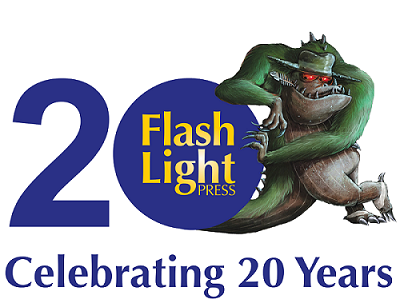
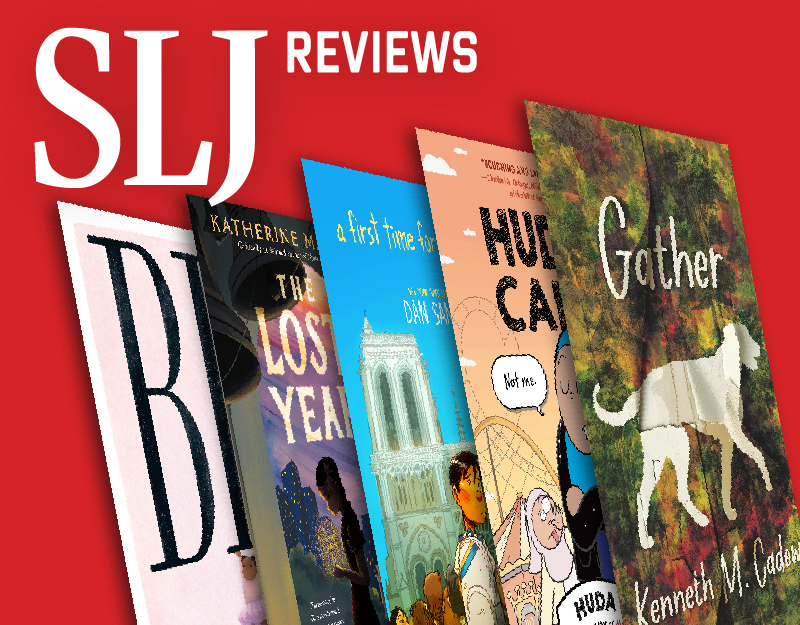
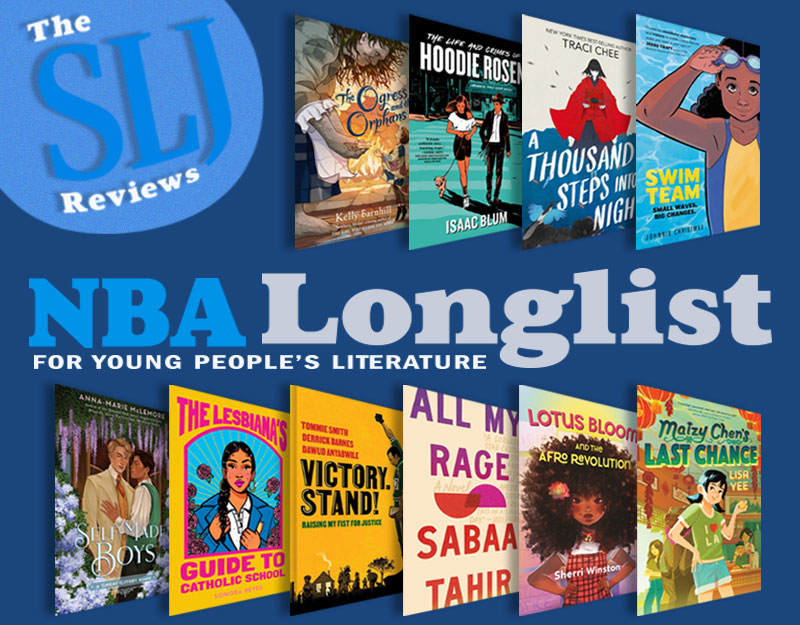
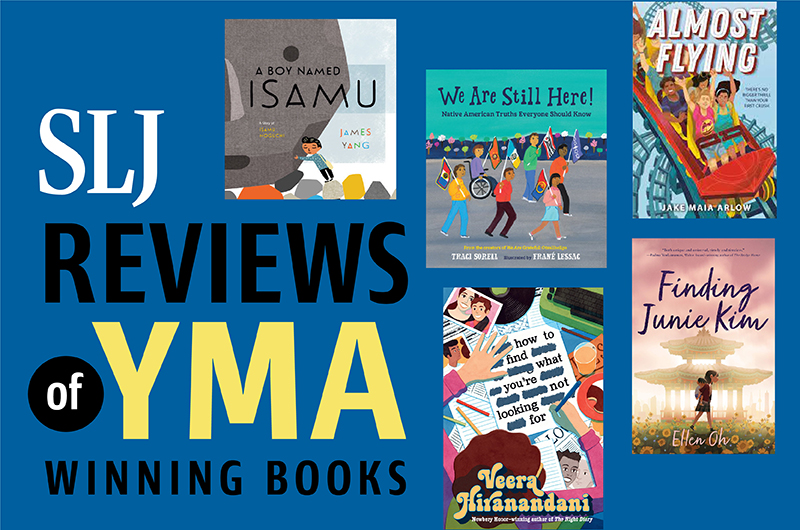
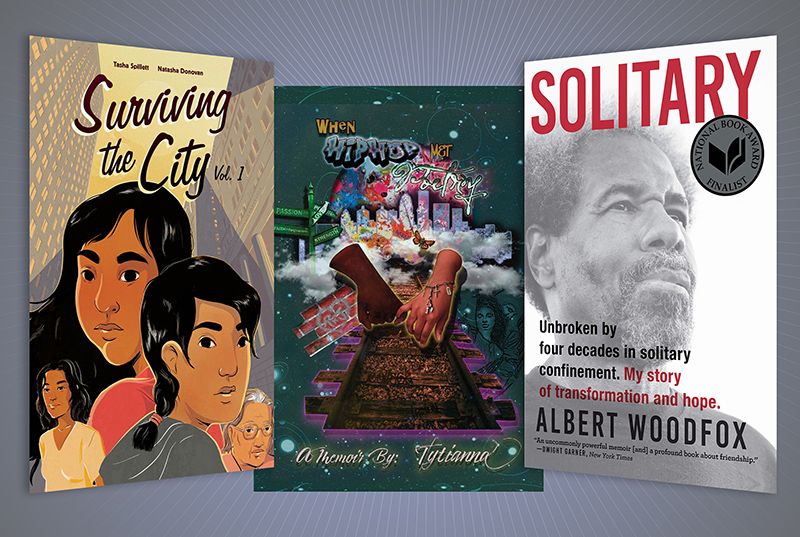
Betsy, this post today really captured my attention. Most of your posts have that effect! I have now arrived in Maine for a few months following a semester working with students at the University of Arizona with my Golden Retriever providing stress-relief for” college students missing their pets at home.” In this environment I am encountering types of diversity I have only experienced through characters in middle grade books. Some of the participants are sexually diverse and some are from countries far removed from Arizona. I have been privileged to learn about their journeys and perspectives. The book and author you have shared this day focus on children much younger. However, the pain of exclusion and loneliness is universal and ageless. I will be sure the library I support receives a copy of SISTER FRIEND. It sounds and looks marvelous. My thanks for introducing me to both author and creation.